A Taxonomic Revision of Dipteryx, a Neotropical Papilionoid Legume Genus of Tonka Beans and Cumaru Giant Trees
Catarina S. Carvalho, Domingos Benício Oliveira Silva Cardoso, and Haroldo Cavalcante de Lima
Illustration of a species in the genus Dipteryx
69 pp.
7 October 2024
ISBN: 978-1-943751-15-0
Abstract. The neotropical papilionoid legume genus Dipteryx (Leguminosae, Papilionoideae) includes the widely recognized species of cumaru trees and tonka beans. It is predominantly distributed in Amazonian rainforests, fire-prone savannas of the South American Cerrado, and less so in the Brazilian Atlantic Forest and Caatinga seasonally dry forest of northeastern Brazil. The species of Dipteryx are largely exploited due to their association with economically essential activities, such as timber and seed harvesting. Grounded on the phylogenetic analysis of nuclear and plastid DNA sequence variation within the Dipterygeae clade, Dipteryx is recognized as a monophyletic genus and separate from Taralea, with which it was once taxonomically congeneric. Dipteryx is morphologically distinguished by the combination of a flattened leaf rachis, asymmetrical leaflets, and a bilabiate calyx with the two upper lobes enlarged and wing-like, and the three lower lobes much reduced. Its truly papilionate flowers have petals clearly differentiated into an upper standard, lateral wings, and lower keel; the stamens are wholly fused with a slit at the base; and the fruits are drupes. Our taxonomic revision of Dipteryx involves the analysis of more than 2,200 specimens from 20 herbaria, and extensive fieldwork. Ancestral character estimation analyses were used to map the evolution of selected morphological features in the Dipterygeae phylogeny, focusing on Dipteryx species. We provide entirely updated identification keys, morphological descriptions, illustrations, distribution maps, and comments on taxonomy, phylogenetic relationships, habitat, and phenology for each of the 12 species that are here recognized in the genus: D. alata, D. charapilla, D. ferrea, D. hermetopascoaliana, D. lacunifera, D. magnifica, D. micrantha, D. odorata, D. oleifera, D. polyphylla, D. punctata, and D. rosea.

